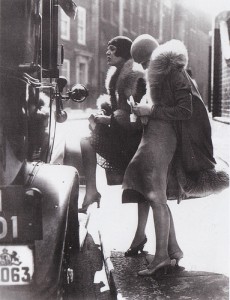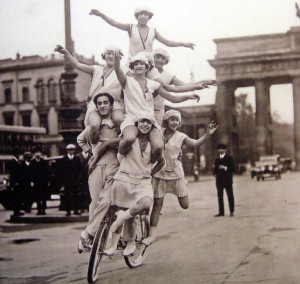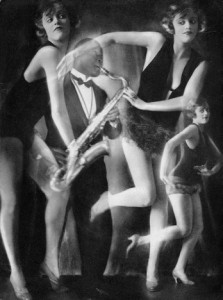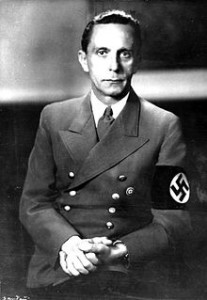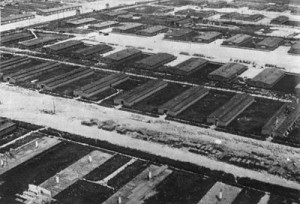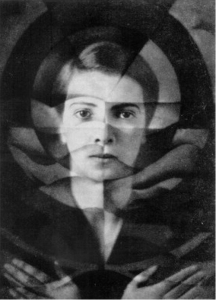I grew up in Centerville, Ohio, a suburb of Dayton. The basic structure of this town differs drastically from the structure of Berlin. Centerville is much smaller and more compact than Berlin. This means that it only takes fifteen minutes to get from one side of town to the other. While here in Berlin, I have realized getting from one side of the city to the other takes much longer than fifteen minutes. Another major difference between the suburb in which I grew up in and Berlin is the use of public transportation. A few buses ran through Centerville on the way to Dayton, though I never needed to use them. The major mode of transportation is car with the exception of some people biking or walking. In Berlin there is a much greater emphasis on public transportation. The use of the U-Bahn, S-Bahn, and the bus system are highly efficient and makes getting around much faster.
Another major difference between my hometown and Berlin is the attitudes present in the locals. People in my hometown were typical “Midwesterners” meaning they were very friendly, instinctively helpful and unusually patient. When you go into stores the workers ask immediately if you need any help finding something, which is not the greeting I have received in stores in Berlin. Ohioans seem happy that you have come into their store or restaurant, whereas some workers here do not seem appreciative of your business. In addition, I have noticed that I feel rushed when I’m ordering food. Cashiers in America do not care if you are ready to order with exact change in your hand. I think many of these attitudes can be attributed to the fact that Berlin is a bustling city versus the slower pace of a suburb in the Midwest.
One difference that has affected me during my stay here is the hours of restaurants, museums, and stores. I remember arriving the first day on a Sunday and thinking that Berlin was very quiet and empty. This initial reaction was a result of seeing no open stores and not many open restaurants. Even on days that are not holidays or Sunday, many places of business in Berlin close early. I have also had to adjust to many museums being closed on Mondays. The shorter workday is also strikingly different than in my hometown, where you could go to many different 24-hour stores and fast food restaurants.
The diversity of cultures is one major similarity between Berlin and Ohio that I was pleasantly surprised by. I knew that Berlin had a lot of immigrants living in the city but I did not expect to see it so clearly on Berlin’s streets. Walking around the different neighborhoods can give you a glimpse of people from many different cultures. From the way people dress to the languages they speak, the variety of cultures is sensibly apparent. It even seems easier to get an Italian meal here than a typical German one. In my hometown we also have a large population of people from other cultures. My classes were diversified by students from Indian, Columbian, and Greek families, to name a few. This led to a diversity of ideas, foods and religions intermixing in our town; similar to the effects that immigration has had on Berlin.
During the month that I have spent here I have come to notice the various differences and similarities between Ohio and Berlin. I learned more about where I came from by seeing a place that often contrasted it starkly. I also learned about the ways that Berlin is becoming more global and I have thoroughly enjoyed getting to witness it for a month.






